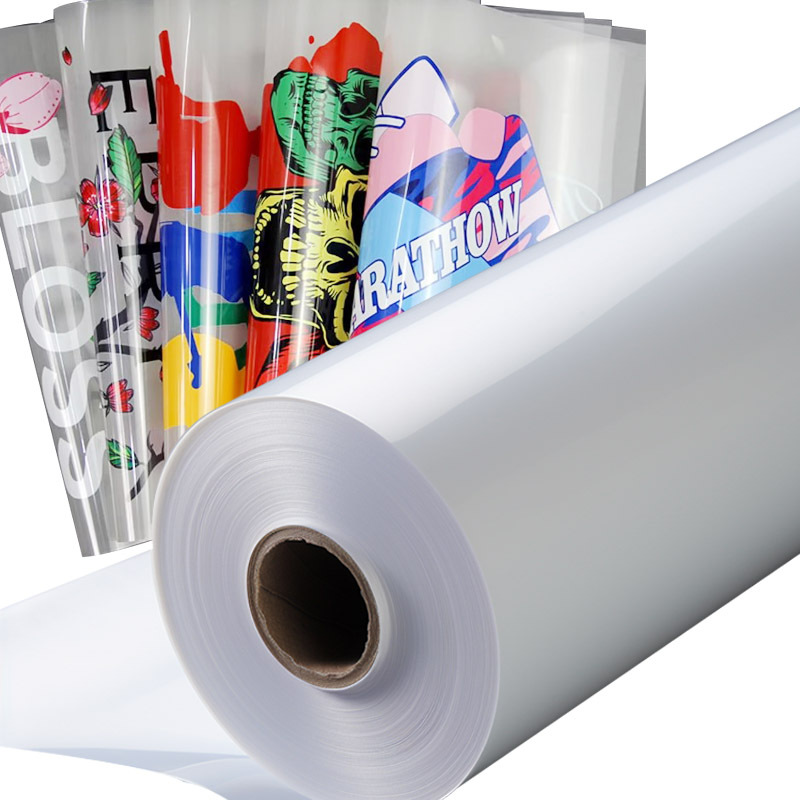The Importance of Flame Retardant Labels in Food Manufacturing
Flame retardant labels play a crucial role in the food manufacturing industry, ensuring the safety and integrity of products. These labels are specifically designed to withstand high temperatures and prevent the spread of fire, making them essential for maintaining a safe working environment. In this article, we will explore the significance of flame retardant labels in food manufacturing and their various applications.
Fire Safety Compliance
Food manufacturing facilities are prone to fire hazards due to the presence of flammable materials, such as oils, greases, and packaging materials. Flame retardant labels are essential for complying with fire safety regulations and preventing potential disasters. By using these labels on packaging, equipment, and storage containers, manufacturers can significantly reduce the risk of fire and protect both their employees and products.
Protection of Products
Flame retardant labels are specifically designed to withstand high temperatures and resist burning. In the event of a fire, these labels act as a protective barrier, preventing the flames from reaching the underlying product. This is crucial in the food manufacturing industry, where products can be highly susceptible to heat and fire damage. By using flame retardant labels, manufacturers can ensure the integrity and quality of their products, preventing costly losses and potential health risks.
Enhanced Traceability and Safety
Traceability is a critical aspect of food manufacturing, ensuring that products can be tracked throughout the supply chain. Flame retardant labels enable clear and legible product identification, even in extreme conditions. In the event of a fire, these labels remain intact, allowing for easy identification and traceability of affected products. This enhances safety measures by enabling swift and accurate product recalls, minimizing the risk of contaminated or compromised items reaching consumers.
Labeling Applications
Flame retardant labels find extensive applications in the food manufacturing industry. They are commonly used on packaging materials, such as boxes, bags, and containers, to ensure fire resistance during storage and transportation. Additionally, these labels are employed on equipment and machinery, providing clear instructions and warnings that remain visible and readable even in high-temperature environments. By using flame retardant labels, manufacturers can effectively communicate important information while maintaining safety standards.
Conclusion
Flame retardant labels are a vital component of fire safety in the food manufacturing industry. They not only ensure compliance with regulations but also protect products, enhance traceability, and improve overall safety measures. By investing in flame retardant labels, manufacturers can mitigate the risks associated with fire hazards, safeguard their employees, and maintain the integrity of their products. It is crucial for food manufacturers to prioritize the use of flame retardant labels to create a safer working environment and uphold the highest standards of quality and safety.
We offer comprehensive technical support, including free professional labeling solutions, advice on label materials and adhesive selection, as well as online/offline assistance from professional software and hardware engineers. Service email: andy@ownlikes.cn. In pre-sales, we leverage our extensive experience in specialty labeling projects to provide clients with the most suitable hardware solutions. Additionally, all our label barcode printers and scanners come with a three-year free warranty, demonstrating our confidence in our products.






This site is protected by reCAPTCHA and the Google Privacy Policy and Terms of Service apply.